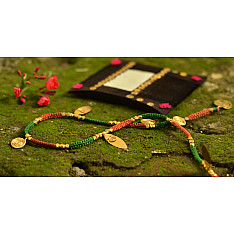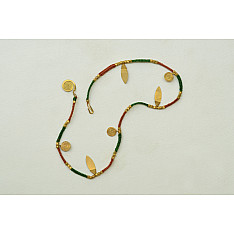Matsyagandha ❂ Brass Jewellery ❂ Necklace { 13 }
- Availability: Out Of Stock
- Made & Mkt by: Srijan ~ Pushplata
- Product Code: 1808-PJ-13
- Weight: 150.00g
- Dimensions: 55.00cm x 0.00cm x 0.00cm
Rs.845
This tribal piece of jewellery adds a charm to your wardrobe. Designed to inspire the tribal inside us each piece is handcrafted to perfection. Using Dhokra as technique, craftsmen play with different patterns & braid them into the metal. Each metal bead is carefully stringed into silk and cotton to complete a single piece of jewellery...
The typical dispatch time is 2-3 days; however, in special cases, it may take longer. Please refer to the product details section for specific timelines. Once dispatched, we will share the tracking details with you.
For returns, you can file a request within 24 hours of receiving the product. If the package is damaged, please make a video while unboxing and share images of the damaged item along with your return request.
9328006304 ( WhatsApp )

The original inhabitants of the land, their imagination uninfluenced by any norms, they depend on nature for any inspiration. They carry forward a legacy of rich and distinct cultural traits and display a fascinating profile of ethnic diversity.
The art of dressing up, decorating their bodies and hairs is something both men and women of Orissa cherish indulging in. Women use different types of hair pins and wear ear rings, nose rings and finger rings made with coins. They wear bangles made of brass. Some of the commonly used ornaments are Hair clip (Khosa Dang), Nose ring (Dandi), Black Necklace (Taitul), Red Necklace (Bandara), Long Necklace made with Ghunguru (Bid/Gagara) etc.
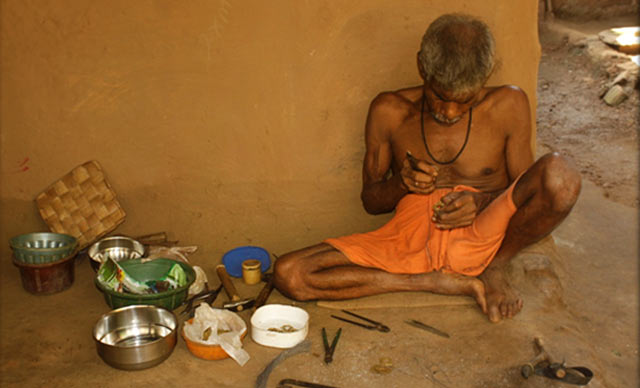
Apart from other metals brass is a favorite among tribes, they make different type of pattern and brads using Dhokra, which is non–ferrous metal casting using the lost-wax casting technique. The bell metal or Dhokra technique is one of the earliest known methods of metal casting. The craft dates back to pre-historic times of Mohenjo-Daro and Harappa civilizations. Dhokra/Bell metal is an alloy of nickel, brass and zinc that lends an antique appeal to casting. One of the earliest known lost wax artifacts is the dancing girl of Mohenjo-Daro.

The ‘Dhokra Damar’ are the traditional metal smiths of West Bengal and the tribe extends to Jharkhand and Orissa as well. Their technique of lost wax casting is named after their tribe, hence Dhokra metal casting. A few hundred years ago the Dhokras of Central and Eastern India traveled south as far as Kerala and north as far as Rajasthan and hence are now found all over India.

With time, the available raw material changed in its form. Earlier every small and larger part was cast separately and then worked further upon, now the metal is available in the form of wires of different diameters and sheets. Odiya names of the beads according to their sizes are Kanthi, sorisia and khuda sorisia. The process can be divided into three main parts; first they make basic shapes cut out from sheets or by metal casting. Then the two metal pieces are stuck together with the help of heat. All such individual pieces are strung together in cotton or silk braided strings to complete the piece.

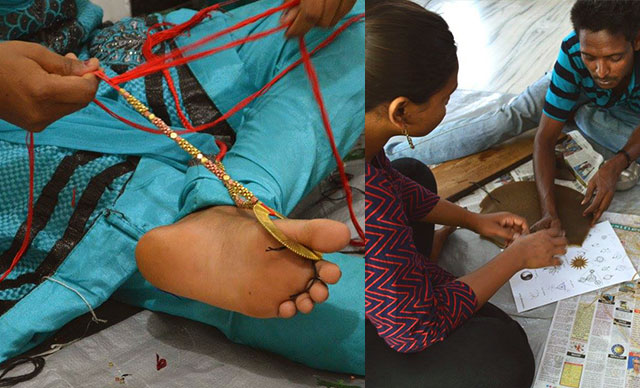
Design Intervention workshops in Bhubanseshwar with focus on bringing about new design ideas in Dokhra and metal beads are being conducted by organizations like Zola. Seven women artisans from a village called Karimul in Orissa worked with brass, copper, white metal, Dokhra motifs, Langia Soura tribal art, Kutia and Koya combs of the Kutia Kondh and Koya tribe respectively to make this collection of Jewelry.
| Craftsmen | |
| Made by | Artisans working with Srijan |
| City | Bhubanseshwar, Orissa |
| Returns and Exchange | |
| Note | Imperfections and variations in the product cannot be termed as defects, as these are intrinsic to the handmade process. These might slightly differ from as seen on digital screen. |
| Material | |
| Made of | A necklace of brass hand woven with thread. |
Man, an eternal traveler has traversed landscapes... on foot, on his rides, on flights in search of better lands, wealth and at times merely for wande..
Rs.4,840
Man, an eternal traveler has traversed landscapes... on foot, on his rides, on flights in search of better lands, wealth and at times merely for wande..
Rs.4,840
Man, an eternal traveler has traversed landscapes... on foot, on his rides, on flights in search of better lands, wealth and at times merely for wande..
Rs.4,840
Man, an eternal traveler has traversed landscapes... on foot, on his rides, on flights in search of better lands, wealth and at times merely for wande..
Rs.4,840
Man, an eternal traveler has traversed landscapes... on foot, on his rides, on flights in search of better lands, wealth and at times merely for wande..
Rs.4,840
Man, an eternal traveler has traversed landscapes... on foot, on his rides, on flights in search of better lands, wealth and at times merely for wande..
Rs.4,840
Man, an eternal traveler has traversed landscapes... on foot, on his rides, on flights in search of better lands, wealth and at times merely for wande..
Rs.4,840
Spring tickles my feet as love soaks this air,Is it a new reason to live, or just this excuse of the fair.I can wait to look my best, as I embrace the..
Rs.1,600
When nomads settled down in cities at the beginning of civilization, it was a turning point for the way humans would live. A settled life me..
Rs.490
Lying in the western frontiers of India, the Gujarat province with its 1600 km long coastline has been the centre for international trade since ancien..
Rs.5,360
Long time ago, there was a king of Sindh, who like any other king, was fond of royal luxuries and used to sleep on a new bedspread everyday. One day, ..
Rs.1,500
Lace crafted in precious metals, a mesh of shining diaphanous threads of silver and gold, an exquisite craft that is age old, yet contemporary. Filigr..
Rs.11,990
Kantha stitch is nothing but the humble running stitch and it essentially comes from the word Kantha/quilt.
Kantha, Patched, qu..
Rs.2,140
“If an image has to be made, it must be made of wax first” Vishnusamhita, 5th century AD.Under clouds of smoke emanating from earthen lamps, amid batt..
Rs.1,250
Gathering commences in the middle of deserted pavilions where velvet carpets adorn the Dessert lands & Manganiyars play folk music as a bugle for ..
Rs.512 Rs.1,025
Gathering commences in the middle of deserted pavilions where velvet carpets adorn the Dessert lands & Manganiyars play folk music as a bugle for ..
Rs.512 Rs.1,025
Gathering commences in the middle of deserted pavilions where velvet carpets adorn the Dessert lands & Manganiyars play folk music as a bugle for ..
Rs.512 Rs.1,025
Gathering commences in the middle of deserted pavilions where velvet carpets adorn the Dessert lands & Manganiyars play folk music as a bugle for ..
Rs.512 Rs.1,025
A familiar chatter swells in the air as feet chase the trail of a carelessly flying odhani in the by-lanes of Bhuj, spilling colors all over. While&nb..
Rs.3,070 Rs.3,412
A familiar chatter swells in the air as feet chase the trail of a carelessly flying odhani in the by-lanes of Bhuj, spilling colors all over. While&nb..
Rs.9,310 Rs.10,345
A familiar chatter swells in the air as feet chase the trail of a carelessly flying odhani in the by-lanes of Bhuj, spilling colors all over. While&nb..
Rs.3,460 Rs.3,845










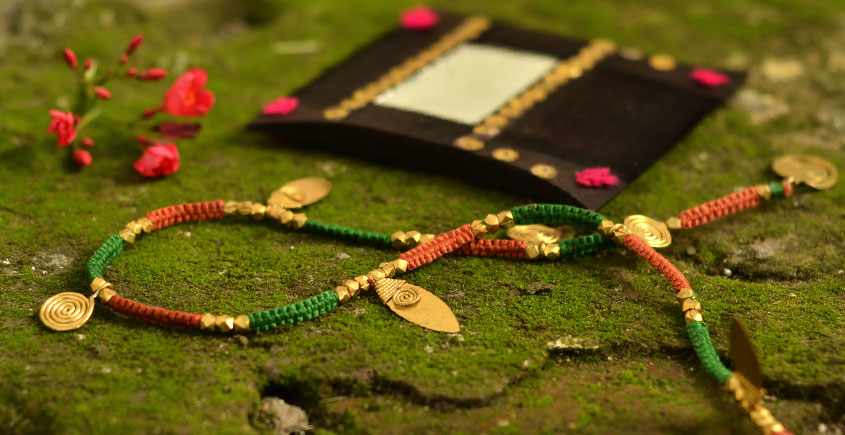
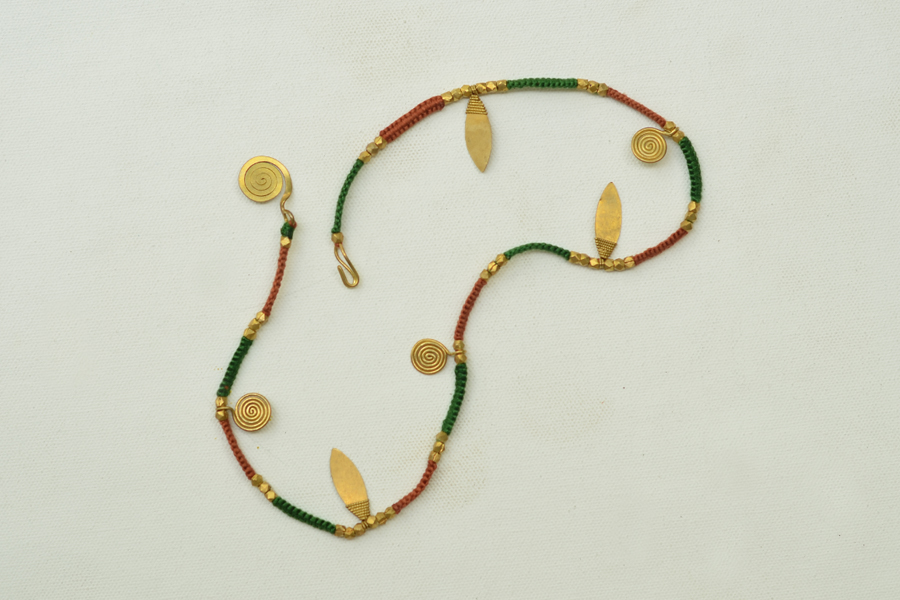
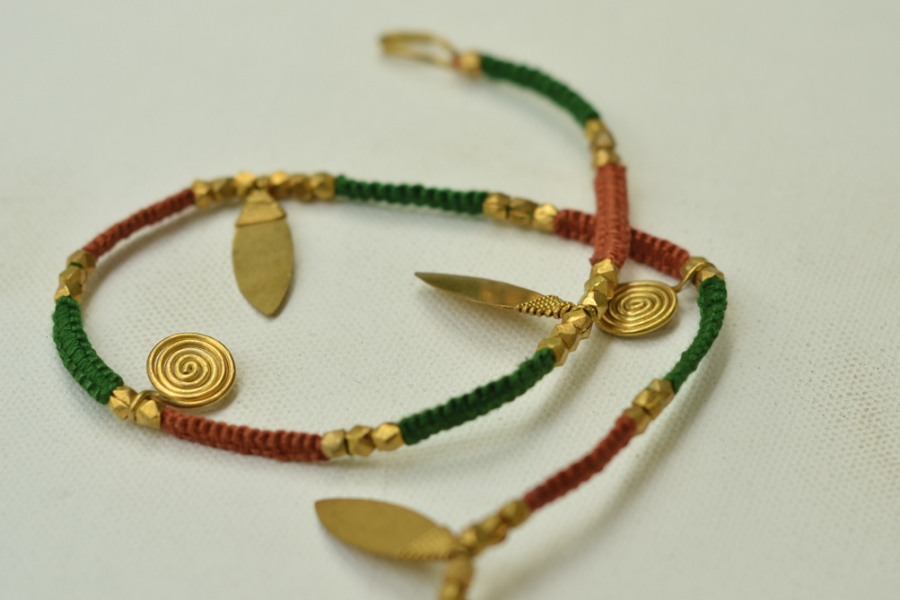




-225x150w.jpg)
-225x150w.jpg)
-225x150w.jpg)
-225x150w.jpg)
-225x150w.jpg)
-225x150w.jpg)
-225x150w.jpg)
-225x150w.jpg)
-225x150w.jpg)
-225x150w.jpg)
-225x150w.jpg)
-225x150w.jpg)
-225x150w.jpg)
-225x150w.jpg)
-225x150w.jpg)
-225x150w.jpg)
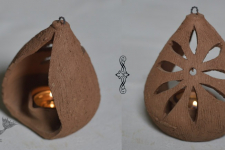
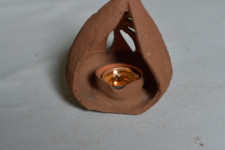
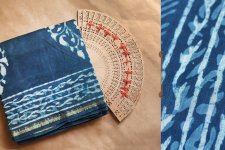
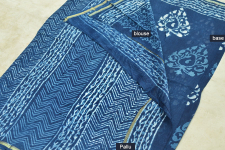
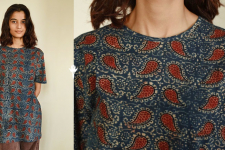
-225x150w.jpg)
-225x150w.jpg)
-225x150w.jpg)
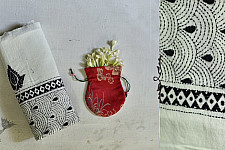
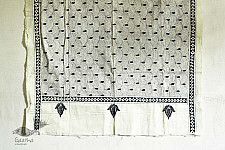
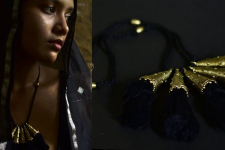
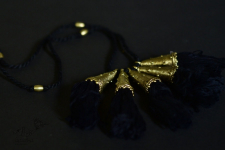









-225x150w.jpg)

-225x150w.jpg)

-225x150w.jpg)
